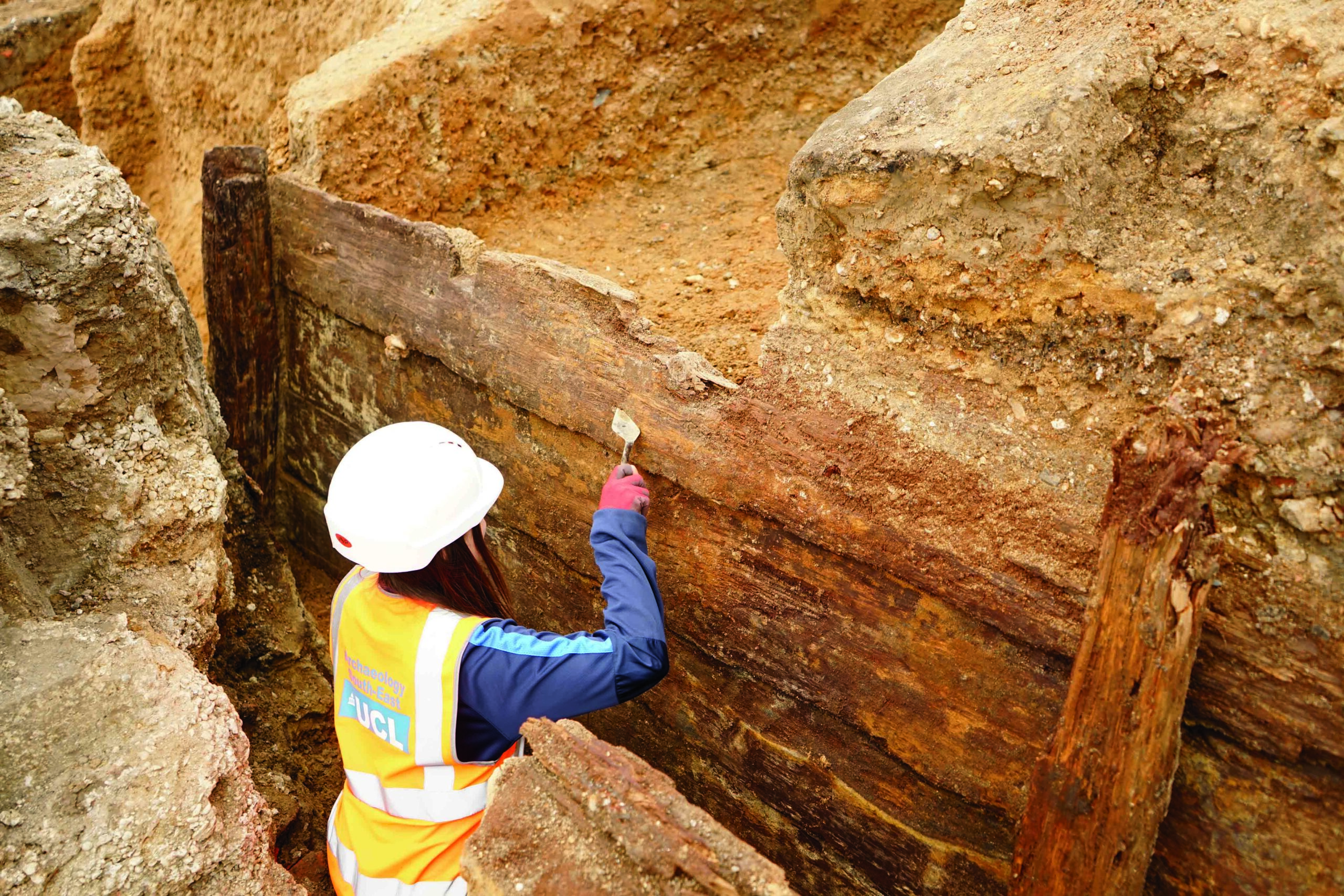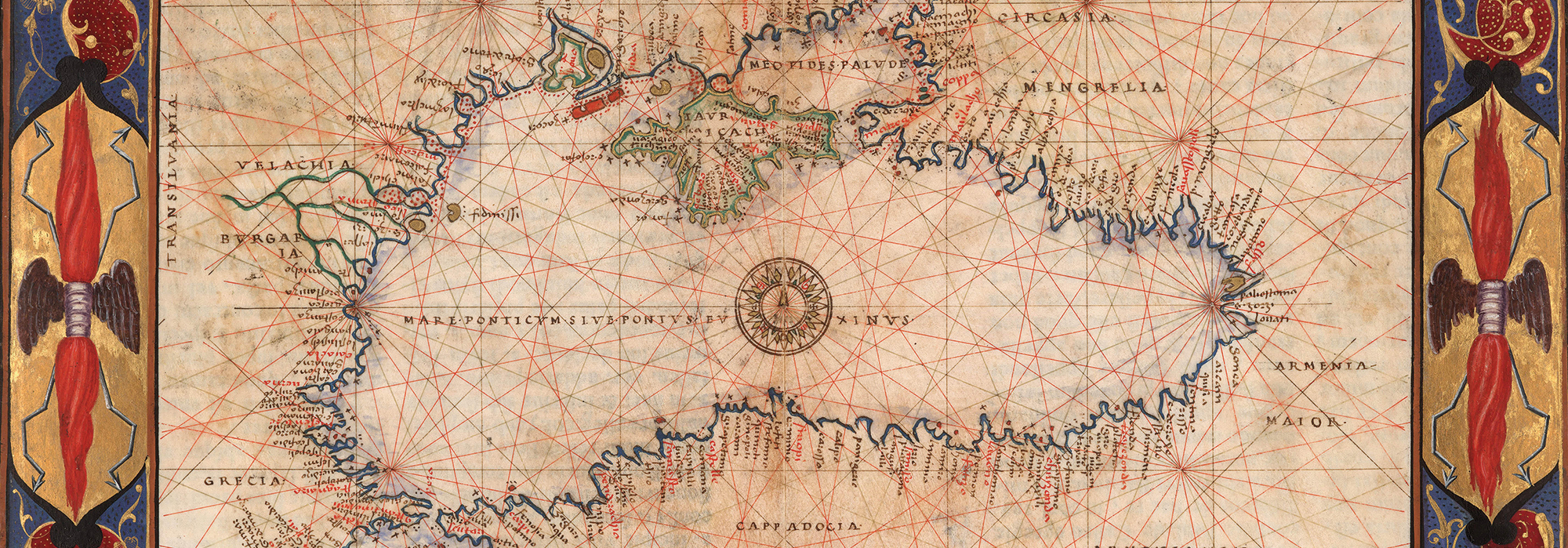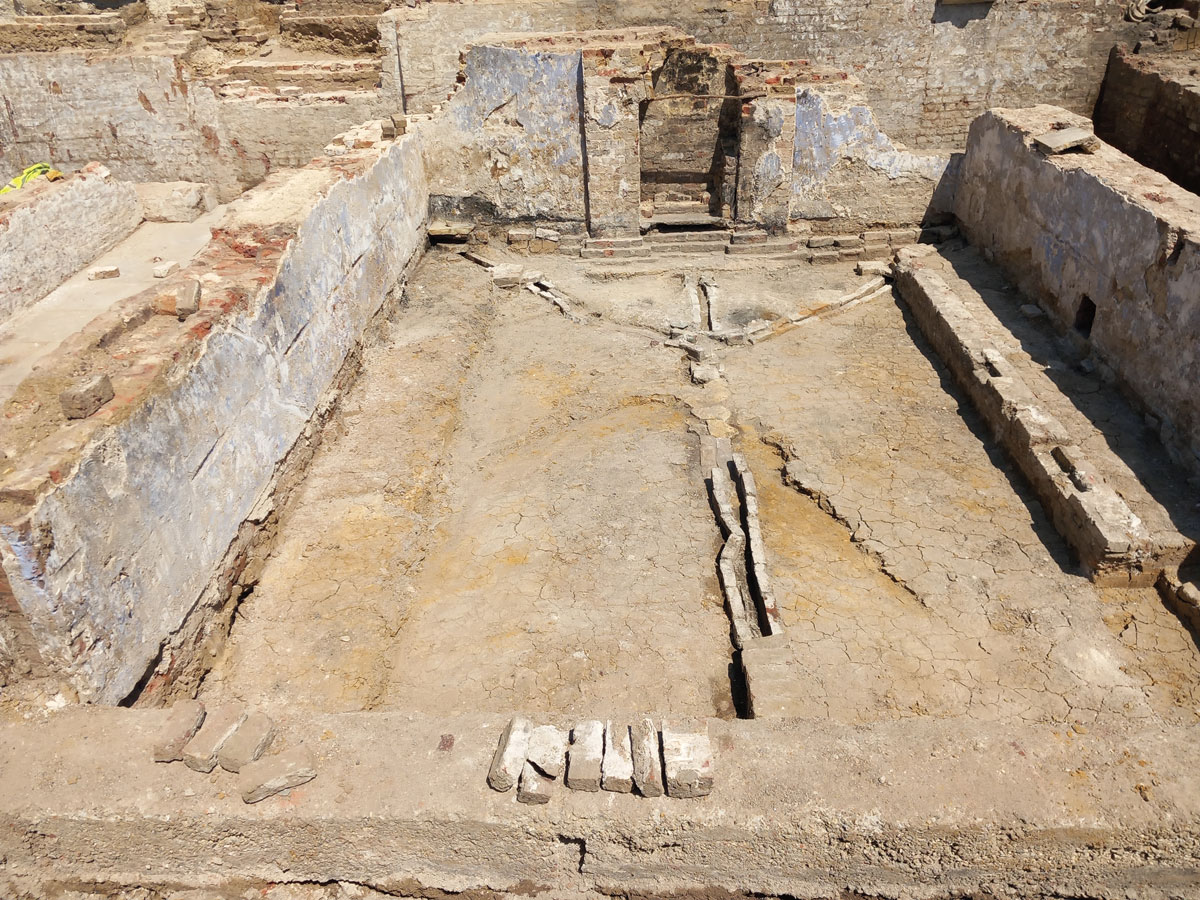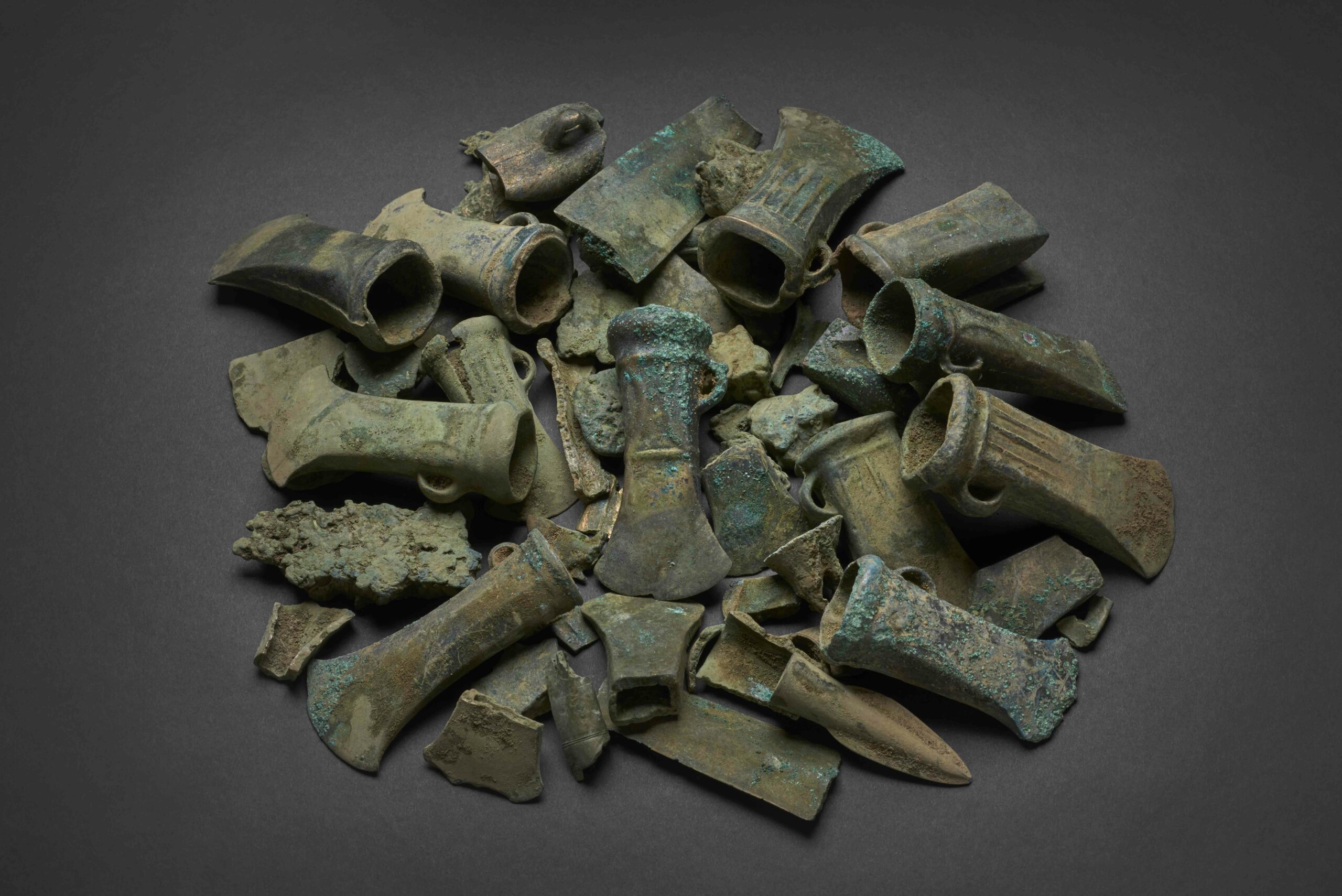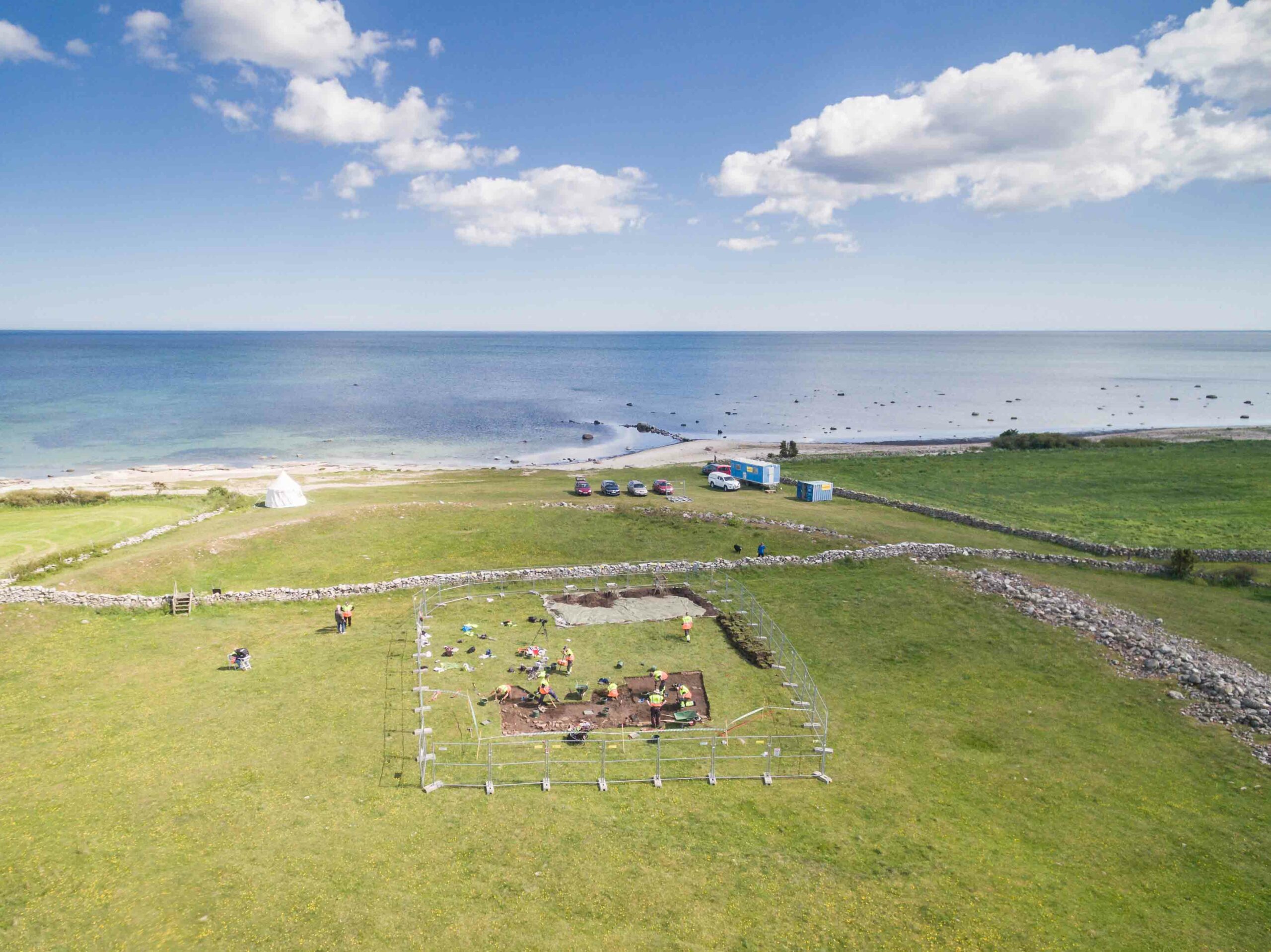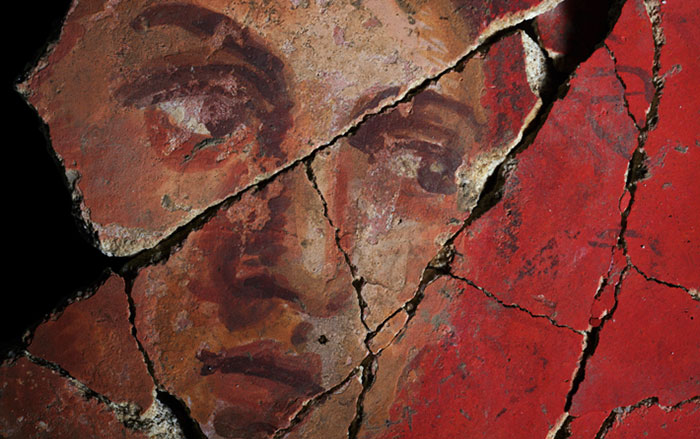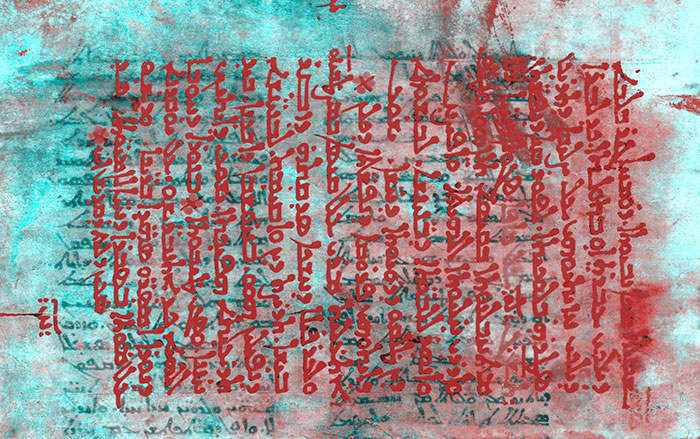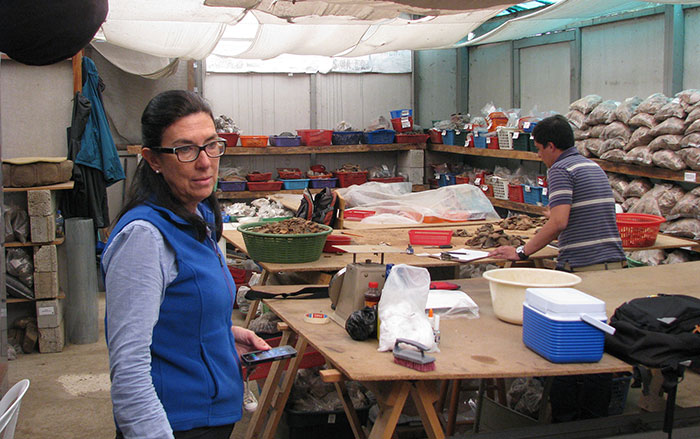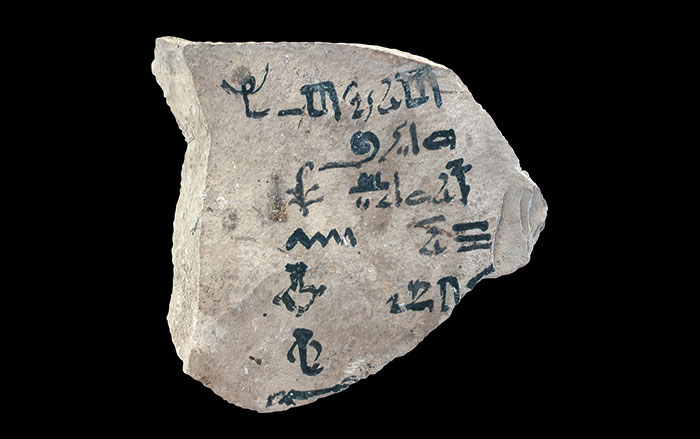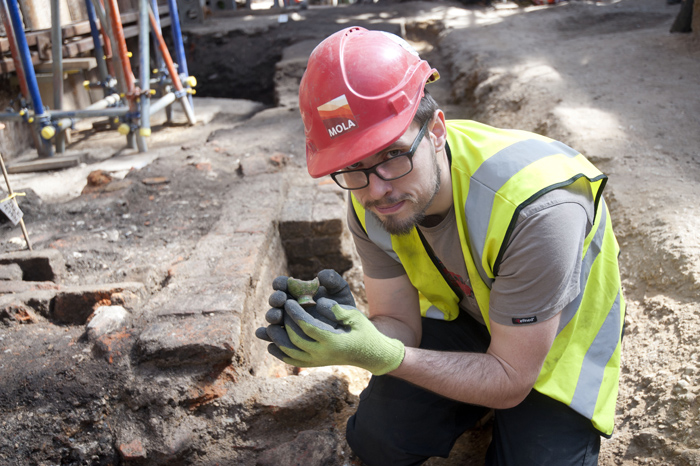
LONDON, ENGLAND—The Guardian reports that archaeologists from the Museum of London Archaeology have excavated the well-preserved remains of The Curtain, a sixteenth-century theater where Shakespeare performed as an actor. They found a rectangular building that could have held about 1,000 people, and segments of wall standing about five feet tall. Scholars think that Shakespeare may have staged the first performances of Romeo and Juliet and Henry V at The Curtain, which was assumed to have a circular shape, since the prologue of Henry V mentions a “wooden O.” “It now seems clear that the playhouse was a conversion of an earlier tenement—essentially a block of flats—and was later converted back into a tenement again,” explained archaeologist Julian Bowsher. Artifacts from the site include a lead token, a broken bone comb, a metal mount for a cloth purse, and a piece of green pottery thought to be the base of a bird call, perhaps used for stage effects. Bowsher now thinks that the Henry V prologue mentioning the “wooden O” may have been added later, when the play was performed at The Globe. To read more about archaeology in London, go to "Haunt of the Resurrection Men."


